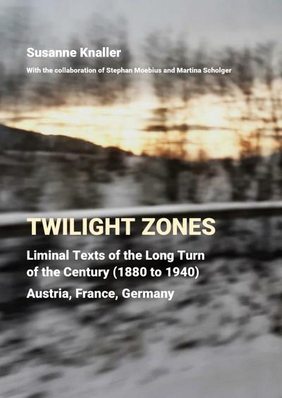It is an uncontested fact that around 1880 and continuing into the first decades of the 20th century, Europe and the Western World witnessed a range of sweeping innovations in the sciences and the arts, in politics and society. The highly active interactions between the new sciences and the arts that took place during the long turn of the century did not go unnoticed either. Surprisingly, what has not been revealed so far is a highly productive corpus of texts which reflects and at the same time constitutes this modern era. With far-reaching consequences for the next generations, the long turn of the century produces texts that react in a very particular manner to the new sciences, the new media, the positive and negative aspects of modern life, while discussing norms and values, confronting antagonism and dissolving old boundaries between all kind of systems. These texts can be labeled›liminal texts‹since they resist a classification according to the traditional systems, genres, and forms of the time.
Twilight Zones describes the detection of a new text corpus in modernity. It also presents the theoretical and methodological model developed for the collection and the analysis of this body of›liminal texts‹ the results of the practical use of such a model as well as the concepts guiding the analytical digital anthology which completes the interdisciplinary project.
